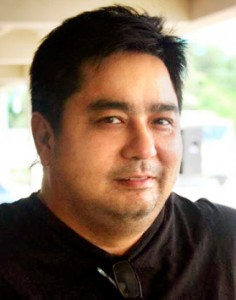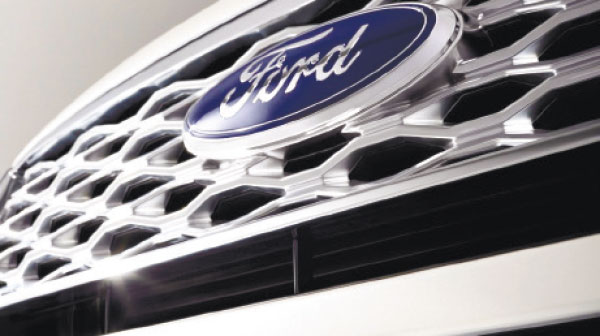Good old-fashioned tuning
 Atty. Jerome G. Neri
Atty. Jerome G. Neri
The Scrutineer
An old friend brought an old car to my shop for an old problem that can be fixed the old fashioned way.
The car is a 1972 Toyota Corolla Sprinter with an engine that got me into cars, the legendary 3T-C. It was no ordinary 3T-C that was in this car, it was heavily modified. Among its mods were X42B TRD racing camshafts and had twin side draft mikuni 40mm carburetors. The problem was that the car would not start. It was obvious that the fuel pump was defective and was immediately replaced. Once the car was started, it soon became clear that it was not running right. The engine was vibrating a lot and was running rough. No matter how I tried adjusting the carburetors there was no change, this meant the carburetors had to be taken apart.
Overhauling a 30 or maybe 40-year-old mikuni carburetor will be quiet challenging as no repair kits can be found anymore. So the carburetor was carefully disassembled, cleaned and reassembled. I installed back the carburetors and fired up the car. It was now ready for tuning.
Tuning this car brought me back to the beginning. For me, it all started with my 1979 Toyota Corolla with the same 3T-C engine and the same side draft carburettors right in front of me. In those days, I would skip school just to learn on how to work on cars and make them go fast. Being a delinquent student, I did not have money and therefore I could not afford the services of a tuner. The only way for me to make my car faster was to learn and do it myself. In those days, there was no internet yet. Access to information on tuning was difficult to find. I had to delve into a lot of magazines, purchase some books and make friends with other tuners just to learn. I applied what I learned on my car and did a lot of trial and error. It led to my best achievement at that time, which was becoming overall champion in the super stock class in a National Drag Race held here in Cebu in 1991. Soon thereafter, we had the Gulf War and racing just died.
Anyways, back to the car that I was tuning. Since, I learned my craft from a 3T-C engine, I still memorized every single detail and specs to set this engine right. The X42B camshafts wants a valve lash of .012 inches on both intake and exhaust valves. Fired the engine up and set the maximum ignition timing at 38 degrees before top dead center. In the past, I would keep it at 36 but with today’s higher octane fuels, we can get more power with more ignition timing. The easy part is done, now it’s time to set the carburettors properly.
My first problem was that I did not have a carburetor balancer, so I had to improvise. I used a vacuum hose and stuck one end in the barrel of the carburetor and the other end to my ear, carefully listening that each barrel was flowing the same amount of air. Next step was to adjust the air/fuel mixture of the idle jets. When I started adjusting the idle circuit, I could immediately tell that not all cylinders were reacting the same way. I could now tell that these old carburetors are still functional and decent enough to work with but not good enough to have that perfect tune. Without any parts to restore the carburetors back to brand new shape, my goal had to be downgraded to a decent tune from a perfect tune.
In the end, I got the car to idle stable at 900rpms with very little roughness. The car runs smooth and really well.
After experiencing analog tuning again, I would say it is the purest form of engine tuning. Instead of looking a data in a laptop, to tune an old car, you use your senses and you feel everything.




